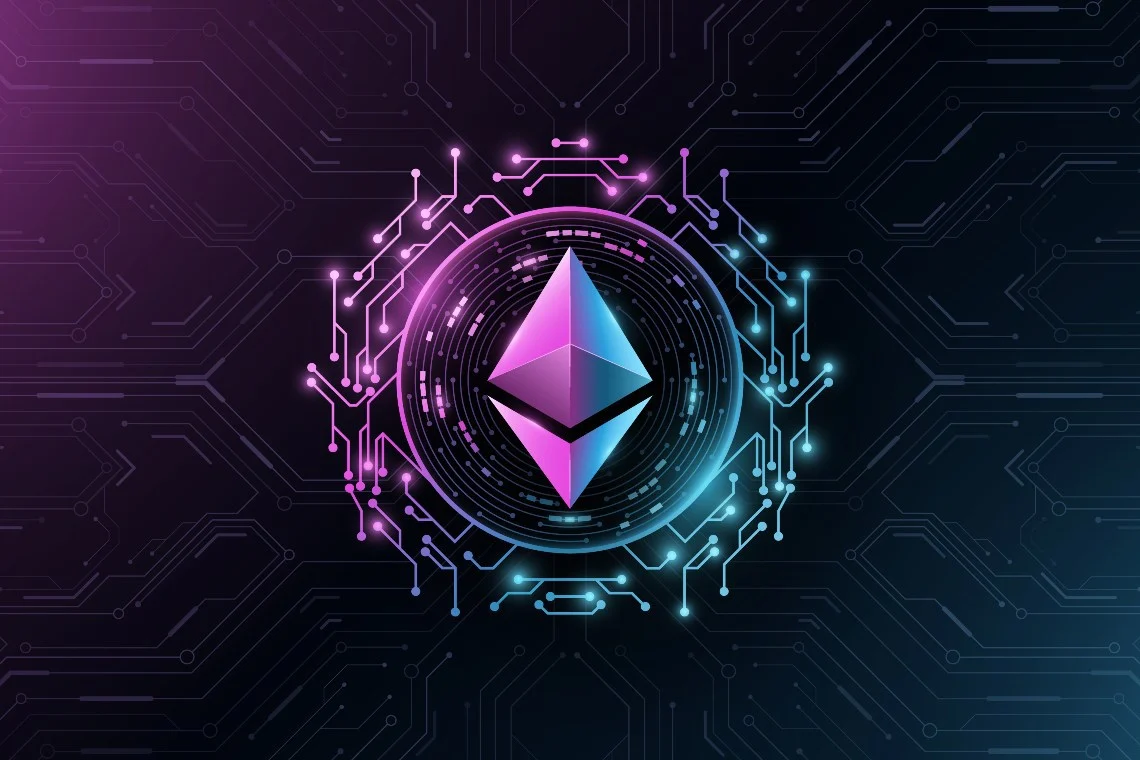|
Getting your Trinity Audio player ready...
|
In a series of recent posts on X (formerly Twitter), Ethereum co-founder Vitalik Buterin shed light on a promising new solution, Helios, aimed at streamlining Ethereum’s expanding rollup ecosystem. Helios, a light client championed by developer Noah Citron, is set to become an essential component for Ethereum users by enabling them to verify transactions without the need for a full node, making it easier for users and developers to manage their interactions on Ethereum’s Layer 2 solutions.
The Need For Light Clients In Ethereum’s Future
As Ethereum continues to scale, Buterin emphasized the crucial need for light clients like Helios to maintain security and accessibility across the platform. Traditionally, users and developers have had to rely on full nodes to validate transactions, a resource-intensive approach that becomes less feasible as Ethereum adopts thousands of rollups. A verifiable, decentralized light client such as Helios would enable users to check transaction validity seamlessly across multiple Layer 2 solutions, boosting both security and usability.
In his statements, Buterin noted that Ethereum’s long-term sustainability hinges on making light clients accessible within user wallets. This could significantly enhance user autonomy, allowing for seamless transaction verification without the need to run extensive, resource-draining nodes. The plan would contribute toward Ethereum’s goal of an ecosystem that remains both decentralized and secure amid rapid scaling.
Helios – A Multichain Solution
Noah Citron, a developer actively involved with Helios, expanded on the vision behind the light client. Currently, rollup operators must deploy a full node for each chain they engage with, a setup that poses scalability issues as the number of rollups grows. Helios aims to address this challenge by offering a highly efficient multichain light client designed for Ethereum’s Layer 2 ecosystems, including Optimism, Base, Unichain, and other platforms built on OP Stack.
Helios’s support for OP Stack is instrumental in Ethereum’s broader rollup interoperability. For instance, platforms like Optimism’s Superchain and zkSync’s Elastic Chain are exploring ways to interconnect various rollups. Citron explained that secure light clients like Helios will allow rollup operators to validate cross-chain messages efficiently, a critical step toward Ethereum’s multichain future.
Enhanced Gas Fees for Faster Transactions
As Ethereum’s transaction demand grows, Buterin also revealed ongoing efforts to optimize gas fees and boost transaction speed. The latest proposed changes aim to increase Ethereum’s transactions per second (TPS) by approximately 1.5x, potentially enabling Ethereum to compete more directly with faster blockchains such as Solana.
According to Buterin, this update is designed with security in mind, preserving Ethereum’s robust decentralized nature while reducing transaction costs for users. If successfully implemented, this improvement would make Ethereum more user-friendly and capable of handling higher transaction volumes without compromising network integrity.
The focus on scalability has sparked varied reactions among Ethereum investors and analysts. Market expert Mando CT recently described Ethereum as entering a strategic “buy zone” for long-term investors, citing Ethereum’s pivotal influence on the broader cryptocurrency landscape. However, this optimism contrasts with technical signals indicating potential price volatility.
Also Read: Ethereum (ETH) Dips To $2,550.19 – Could A 15% Drop Signal A Bullish Reversal Against Bitcoin (BTC)?
On October 24, an inflow of 96,000 ETH into derivatives exchanges was recorded—a move typically seen as an indicator of potential market activity. While Ethereum’s price holds steady around $2,550, some analysts view such inflows as early signs of a price shift. In addition, Ethereum whales have been offloading significant ETH amounts, with one early ICO participant transferring 3,000 ETH to Kraken, signaling possible upcoming price corrections.
Despite these fluctuations, Buterin’s proposed innovations for Helios and gas fees could bolster Ethereum’s growth and reassure investors of the network’s scalability potential. With these developments, Ethereum aims to strengthen its position as a competitive, efficient, and decentralized blockchain network—paving the way for a more sustainable and accessible Ethereum ecosystem.
Disclaimer: The information in this article is for general purposes only and does not constitute financial advice. The author’s views are personal and may not reflect the views of Chain Affairs. Before making any investment decisions, you should always conduct your own research. Chain Affairs is not responsible for any financial losses.
A lifelong learner with a thirst for knowledge, I am constantly seeking to understand the intricacies of the crypto world. Through my writing, I aim to share my insights and perspectives on the latest developments in the industry. I believe that crypto has the potential to create a more inclusive and equitable financial system, and I am committed to using my writing to promote its positive impact on the world.


